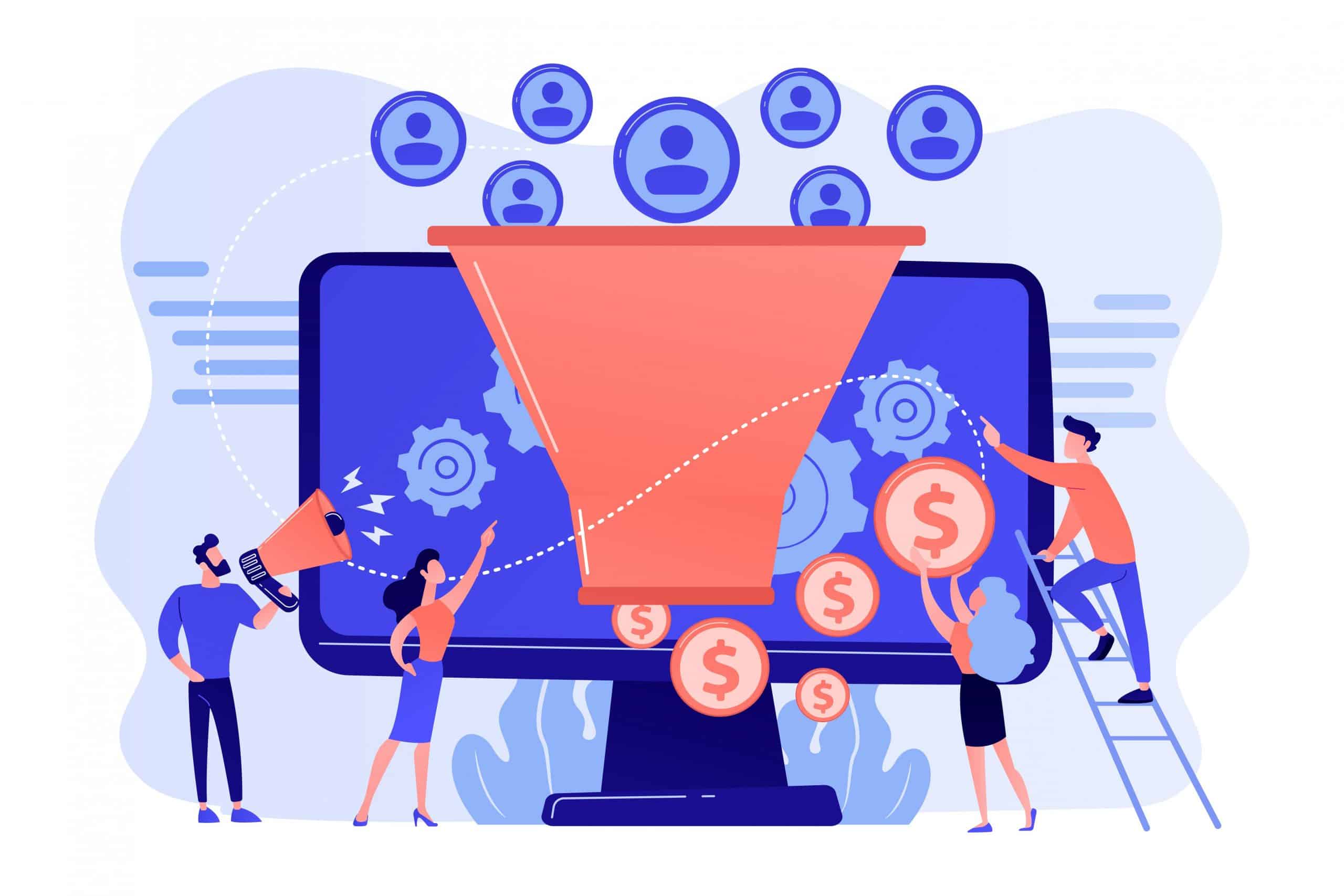Good design is important because it boosts user experience. When a website’s design is good, it makes users spend more time and when it’s not it leaves them frustrated.
However, a beautifully made website is useless if it can’t be found on Google. This is why SEO is important. It increases your SERPs which drives user traffic and gives you the opportunity of delighting your visitors with amazing web design and quality content.
This is why UX design and a solid SEO strategy go hand in hand. Both are indicators of your professionalism and credibility.
Here are some tips on how you can combine them for a better user experience online.
Implementing Web Design & SEO

Digital marketers know that a good online presence is needed if you want a strong marketing foundation. If the basic aspects of your site are poorly managed, you can’t expect web design or SEO to deliver amazing results.
Here are some key elements of web design:
- The old practice of stuffing domain names with a bunch of keywords doesn’t work anymore. It’s spammy and hurts the user experience.
Your goal is to make your domain name catchy and memorable. It should be relevant to your business, and easy to spell and pronounce. Make your brand a part of your domain too to ensure that it is easy to find.
- The right hosting provider is important because it impacts your speed, server performance, uptime, and downtime. These are important factors that Google uses to rank your site.
- You should also choose a CMS that is easy to use and manage. It should allow you to design your site however you want without the need for extra courses. Popular CMS options like WordPress, Joomla, and Drupal can make your site user-friendly, integrate with social media easily, and have plenty of management tools available.
How Web Design Is Linked With Indexability
Do you know that Google crawls every page on your site before indexing it? This is why internal links are needed to make pages findable by search engines. Most importantly, you need to ensure that all internal links work.
Start by doing a simple Google search. For instance, the site: operator will help you see pages that are indexed. You can also check the robots.txt file (https//www.yourdomainname.com/robots.txt) to see what your site disallows.
You can speed up the process by using Screaming Frog or Google Search Console’s Index Status web crawlers.
Keywords & Meta tags
On-page SEO means optimizing individual pages of your website to rank higher. This means you need to do detailed keyword research and optimize your key page elements for said keywords.
- The title is the first thing searchers see in the SERPs. It should be catchy, creative, intriguing, and authentic. Watch your title length. It should not exceed 60 characters and should include keywords naturally.
- The meta description tells users what your site is all about. It’s limited to 160 characters so use it to entice searchers’ attention to get them to click.
- Headings boost the readability of your textual content to make it user-friendly. Use them to separate content into smaller chunks so that visitors will find it easier to access the information they need.
- Google cannot understand visual content. When indexing your images and infographics for visibility make sure that your alt text is clear in describing what your image is about.
Information Architecture & URL
- www.yoursitename.com/services/content-marketing/audits
- www.yoursitename/s456/s2/80
We hope you use the first format.
A well-optimized URL tells the user what the page is all about and helps them find relevant information faster. Just like your tags and description, they provide a clearer context not only for users but for search engines as well.
Simplify Web Navigation
Navigation is not just about your menu bar. When used properly, it invites users to explore your website.
Web designers need to understand that creating a website means understanding the needs and expectations of customers and visitors. Just like in a physical store, good navigation should help users find what they’re looking for quickly. If it is an e-commerce store, good navigation should also make the buying process easier. If customers and guests need time to think about where to click, you need to improve navigation.

Impact Of Loading Speeds
Speed is a very important ranking factor not only for websites but for mobile devices too.
Loading time is important simply because it impacts user experience which can result in conversion or bounce rates. According to experts, users expect your website to load in 2 seconds. If it fails, they leave to go to your competitors. Therefore, high bounce rates result in lower leads and impact your SERPs ranking in the long run.
There are some things you can do to boost loading speeds such as: choosing the right hosting plan, removing auto-play content, reducing the number of plugins and popups, and investing in a reliable content delivery network (CDN).
Mobile-First
This is not only the era of the internet but of mobile devices as well. According to statistics up to 68% of Australians access the internet through their mobile phones. This figure is expected to go as high as 73% in 2021.
This means that your guest’s experience will determine if they will buy from you. Studies also suggest that up to 52% of mobile users will not make a purchase after a negative experience. Given this data, it is not surprising that Google is also making strides in helping to improve user satisfaction by providing users with relevant results. They have a Mobile-First index that crawls the mobile version of your website.
Use Google’s Mobile-Friendly Test to find out if your website is mobile-friendly.
Wrap Up
Website design impacts your visitor’s impression of your brand and makes it feel professional and credible. Most of all it affects user experience and influences their engagement and purchasing decisions. Always remember that Google keeps this in mind when ranking you.



